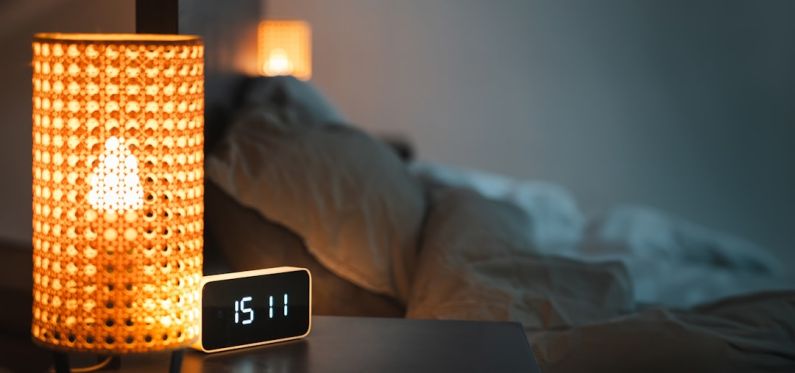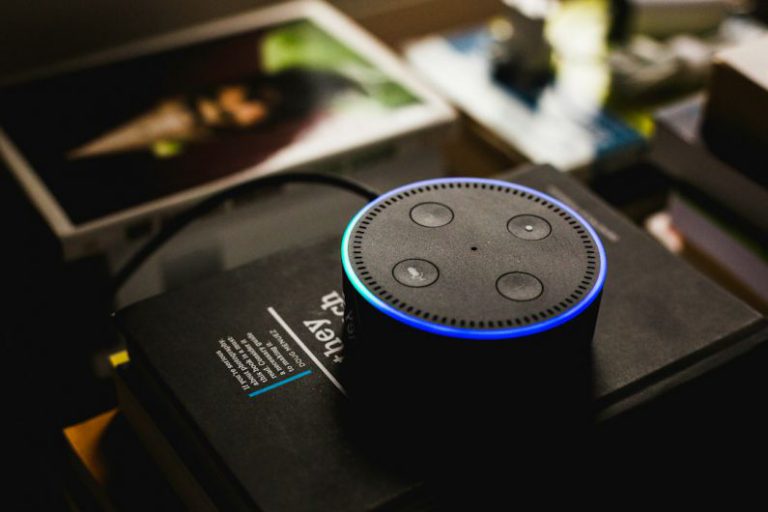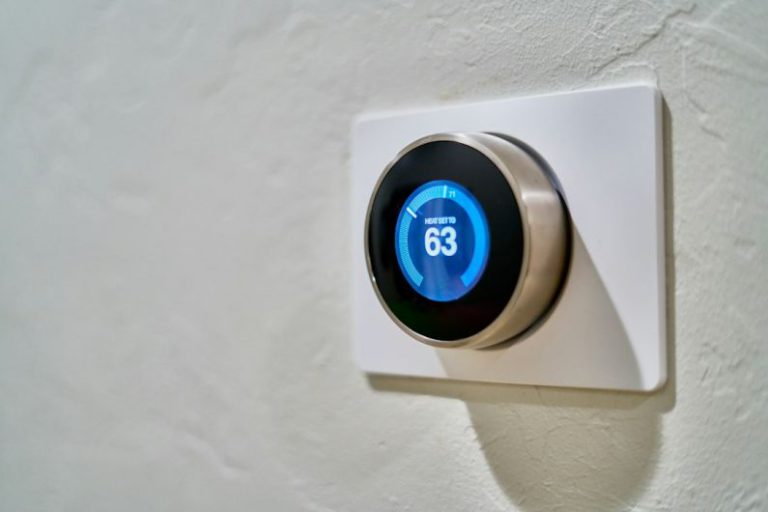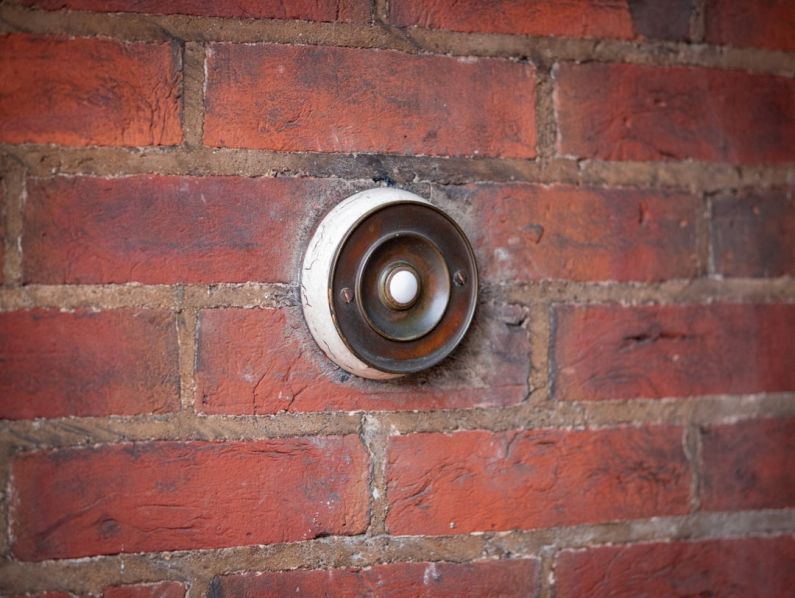How to Use Smart Sensors for Home Efficiency and Safety?
Smart home technology has revolutionized the way we live, making our lives more convenient, efficient, and secure. One of the key components of a smart home is the use of smart sensors. These small devices can detect changes in the environment and trigger automated actions. In this article, we will explore how to effectively use smart sensors for home efficiency and safety.
Maximizing Energy Efficiency
One of the primary benefits of smart sensors is their ability to enhance energy efficiency in the home. By detecting occupancy and monitoring environmental conditions, smart sensors can optimize heating, cooling, and lighting systems. Here are some ways to use smart sensors for energy efficiency:
1. Occupancy-based lighting: Install motion sensors in rooms to automatically turn on lights when someone enters and turn them off when they leave. This prevents unnecessary energy consumption and reduces your electricity bills.
2. Temperature control: Smart thermostats equipped with occupancy sensors can adjust the temperature based on whether someone is present in the room or not. This ensures that energy is not wasted on heating or cooling unoccupied spaces.
3. Natural light utilization: Smart sensors can detect the amount of natural light entering a room and adjust artificial lighting accordingly. This helps to minimize the use of energy-hungry light sources during daylight hours.
Improving Home Security
Smart sensors also play a crucial role in enhancing home security. By detecting movement, changes in the environment, and unauthorized access, these sensors can trigger alarms, send notifications, or activate surveillance systems. Here are some ways to use smart sensors for home security:
1. Intrusion detection: Install door and window sensors that can detect when they are opened or closed. This allows you to receive real-time alerts on your smartphone if someone tries to break in. You can also connect these sensors to your home security system for immediate response.
2. Smoke and carbon monoxide detection: Smart sensors can detect smoke and carbon monoxide levels in your home and alert you in case of an emergency. This early warning system can be a lifesaver, especially when you are away from home.
3. Water leak detection: Water leaks can cause significant damage to your home if not addressed promptly. By installing smart sensors near areas prone to leaks, such as sinks, toilets, and washing machines, you can receive instant notifications on your phone if a leak is detected.
Enhancing Comfort and Convenience
Smart sensors can also be used to enhance the overall comfort and convenience of your home. Here are some examples:
1. Smart lighting control: By installing light sensors, you can automate the adjustment of lighting levels based on the time of day or the amount of natural light available. This eliminates the need for manual adjustments and creates a more comfortable living environment.
2. Voice-activated commands: Connect smart sensors to voice assistants like Amazon Alexa or Google Assistant to control various devices in your home using voice commands. This hands-free operation adds an extra level of convenience to your daily routine.
3. Home automation: Smart sensors can be integrated with other smart devices in your home, such as smart locks, smart appliances, and smart entertainment systems. This allows for seamless automation, where certain actions are triggered based on specific conditions, making your life easier and more efficient.
In conclusion, smart sensors have the potential to transform your home into a more efficient and secure living space. By utilizing these sensors effectively, you can maximize energy efficiency, improve home security, and enhance comfort and convenience. Start exploring the possibilities of smart sensors and experience the benefits of a truly smart home.






